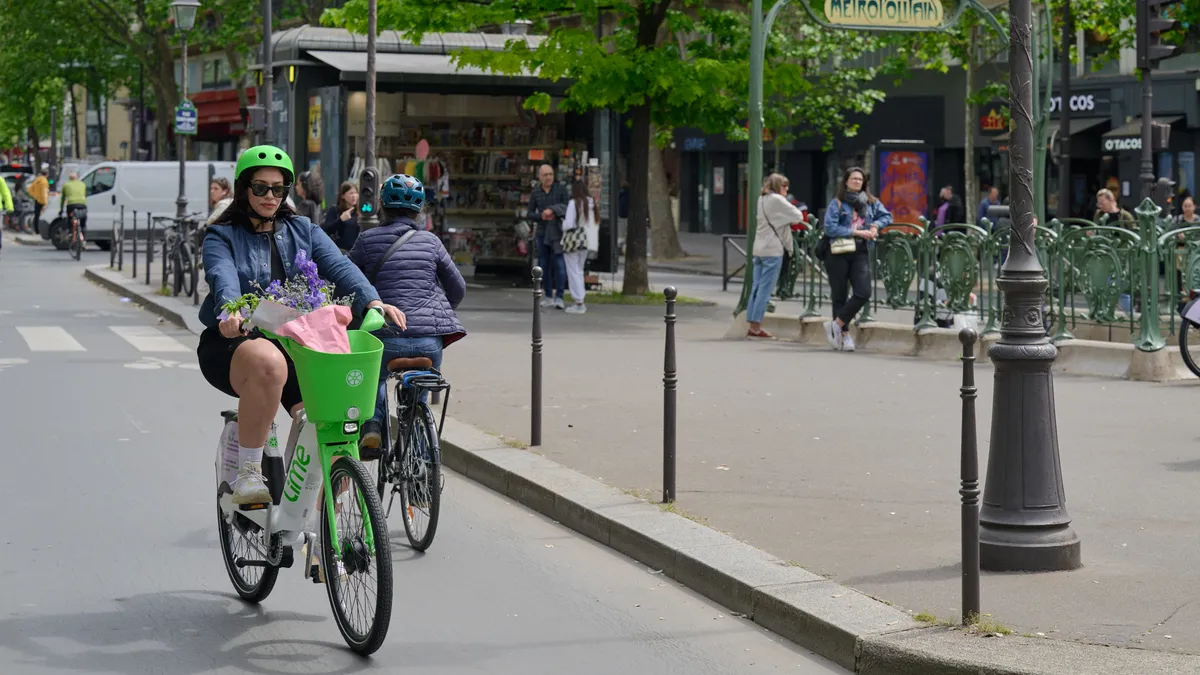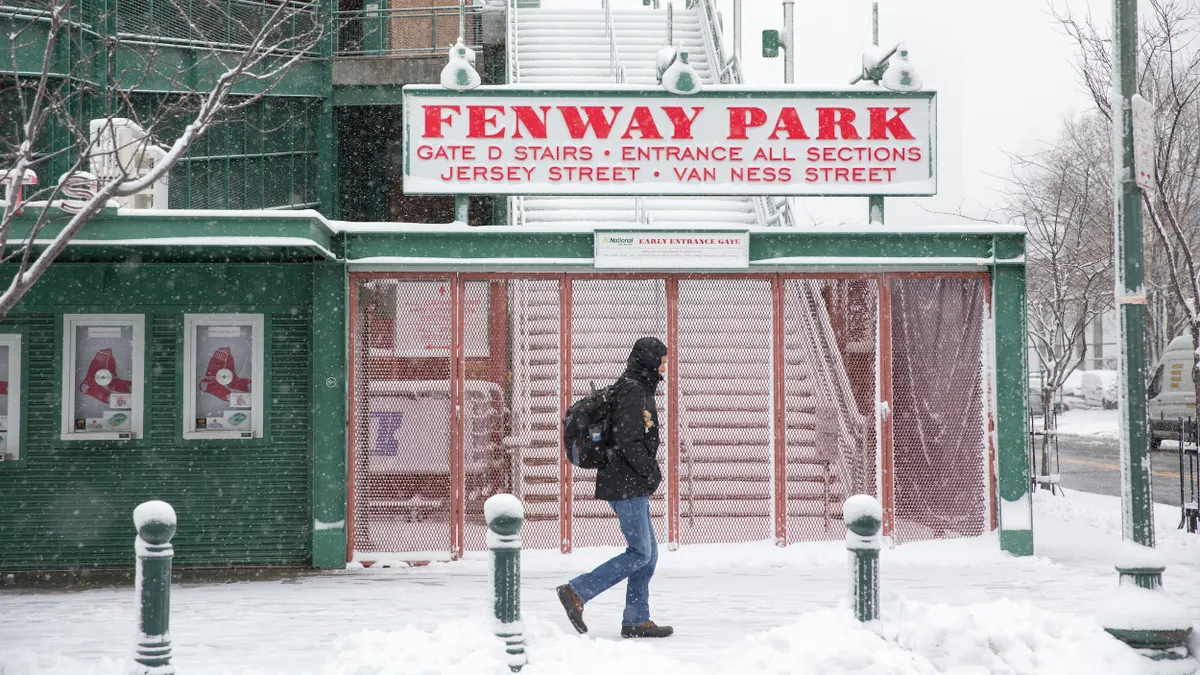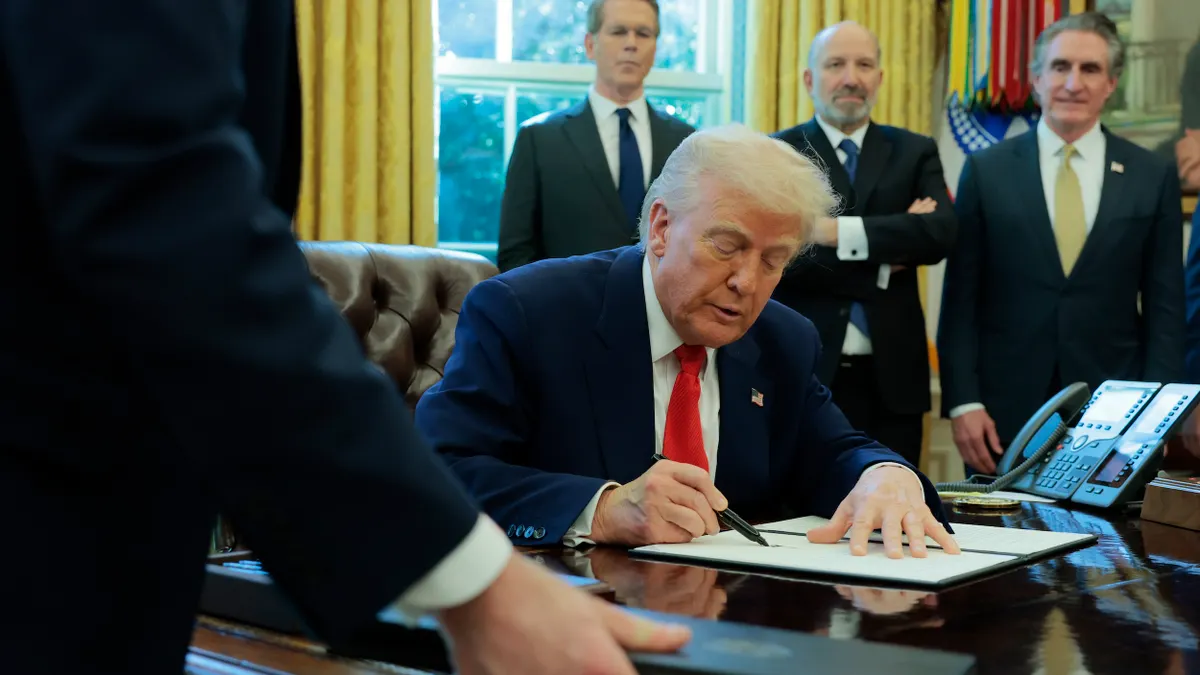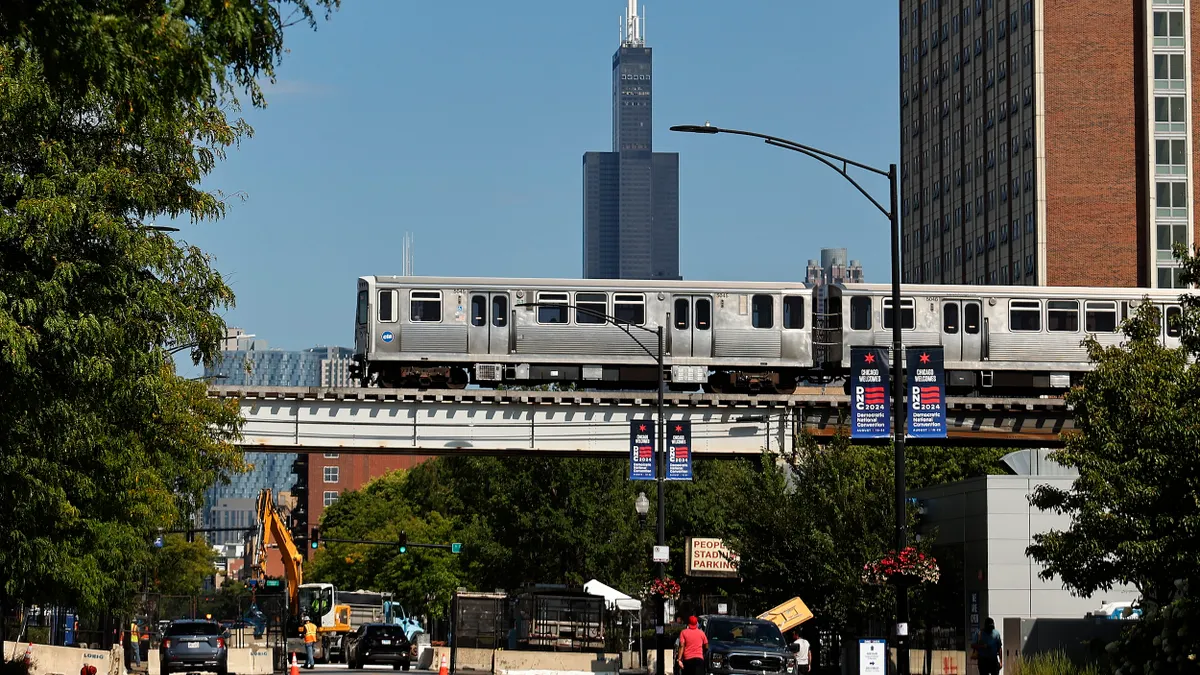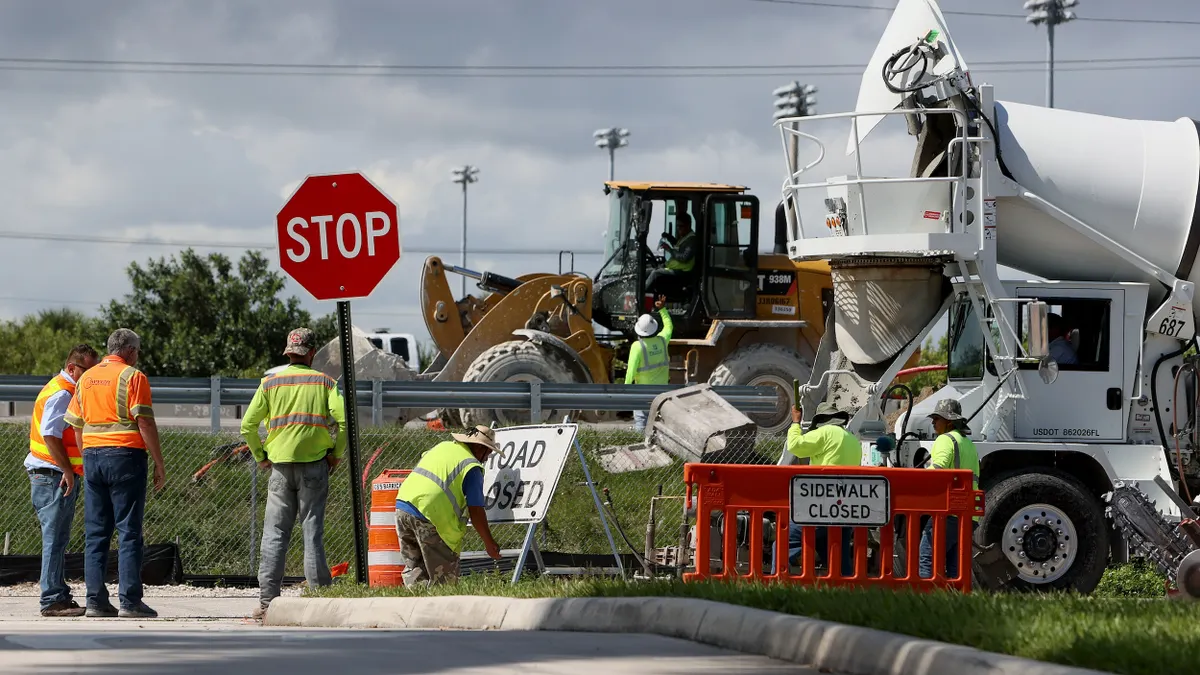Los Angeles Mayor Karen Bass, who attended this year’s Summer Olympics, told reporters before leaving Paris that she wants to field a “no-car Games” when LA hosts the 2028 Olympics. But is that a realistic goal for car-centric Southern California?
Bass wants to rely on public transportation for visitors, spectators and others to reach the many venues for different sport competitions. She’ll have some history to learn from. The city greeted global contestants and visitors for the Olympics in 1932 and 1984, when many feared a traffic nightmare.
“In 1984, there was a lot of wondering if they could make dispersed games like that work in a city that was notorious for traffic congestion,” said Marlon Boarnet, a University of Southern California professor and director of the METRANS Transportation Consortium.
Boarnet said the city reached out to employers, asking them to arrange for alternate shifts to reduce travel at peak times. “The 1984 Olympics was possibly the earliest case of doing that kind of strong messaging and understanding that with enough time, with enough messaging, people do adjust,” he said.
There are some things that LA will have in 2028 that it didn’t have in 1984: an extensive rail transit network and an automated people mover to take travelers arriving at Los Angeles International Airport directly to an intermodal transportation facility and a light rail line. And one more advance over the ’84 Games: some 100 miles of paved, off-road bike paths and many on-road bikeways throughout the county of Los Angeles.
If Paris is any indication, those bike lanes and paths will be well-used. Lime registered over 100,000 new users in Paris during the Olympics and saw 87% more bike-share trips than during the same period in 2023, Charlie Mastoloni, Lime senior government relations manager, U.S. West, told Smart Cities Dive. Bike riders traveled over 1.4 million miles in total, cruising from Paris to Versailles, Saint-Denis and other Olympic venues via Lime and its partners.
“The routes between the Olympic venues were by far and away the most popular,” Mastoloni said. “It was really exciting to see what happens when a city takes the time to really prioritize safe, carbon-free, car-free transportation for residents and visitors to Paris.”
Anne Hidalgo has been the mayor of Paris since 2014. In 2016, she oversaw the closure of a highway along the right bank of the Seine river, converting it to a linear park that people stroll and bike along every day. Reports show that from 2001 to 2018, car trips and car collisions have declined while air quality in Paris has gotten better. Meanwhile, transit ridership in Paris jumped 40% over that period.
In 2021, the Los Angeles-Long Beach-Anaheim, California, urban area saw the second highest number of unlinked passenger trips on public transportation in the U.S., according to the American Public Transportation Association. But in pre-pandemic 2019, just 4.8% of all workers in that region commuted by transit, according to the U.S. Census Bureau’s American Community Survey.
“Paris put in the work from day one under Mayor Hidalgo and a lot of other stakeholders of doing the work necessary to build out infrastructure and prioritizing making the Games as car free as possible,” Mastoloni said. “LA should really think about how and where to build out a complete network of bike lanes, and start making those changes today so that the network can be established and put together before the Olympics.”
Mastoloni praised the LA Transportation Department’s efforts to increase the availability of scooters but said that Lime’s discussions with the city for the Olympics are still in a “very early” stage. He added that “we are always having conversations with different stakeholders within LA to make sure that we're partnering with [public] transportation.”
Bass told the Los Angeles Times that she plans to ask people to work from home where possible during the Olympic Games and for employers to offer staggered work hours as they did in 1984. She also plans to bring more than 3,000 additional buses to the city to shuttle spectators from temporary satellite parking areas to Olympic venues.



